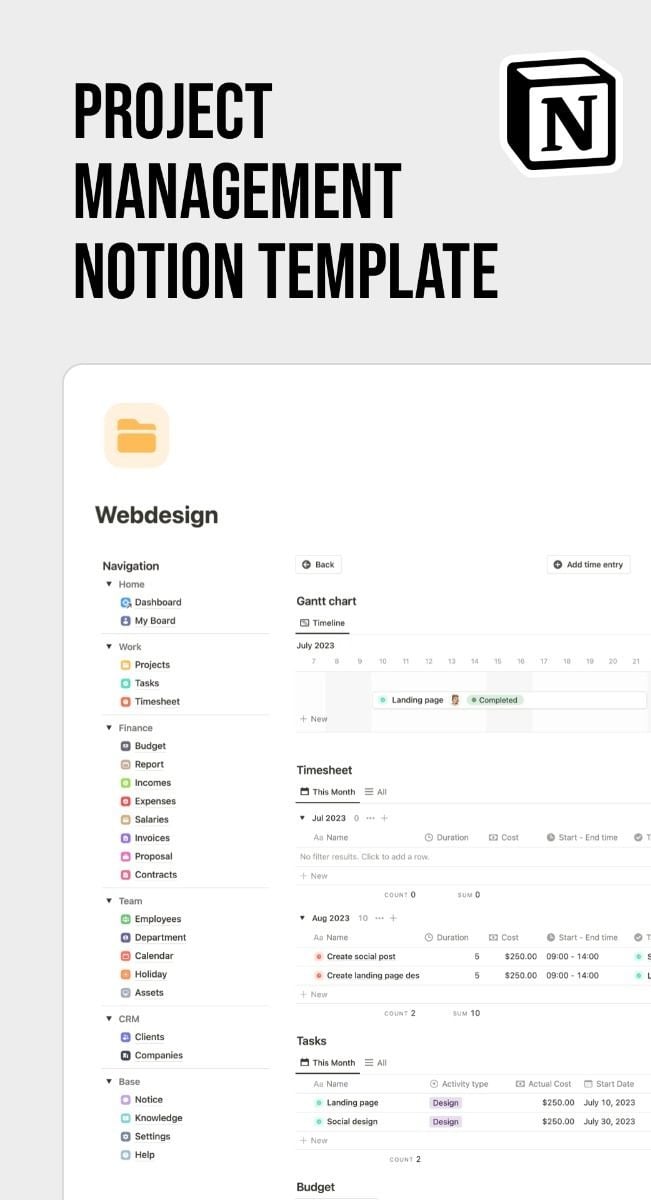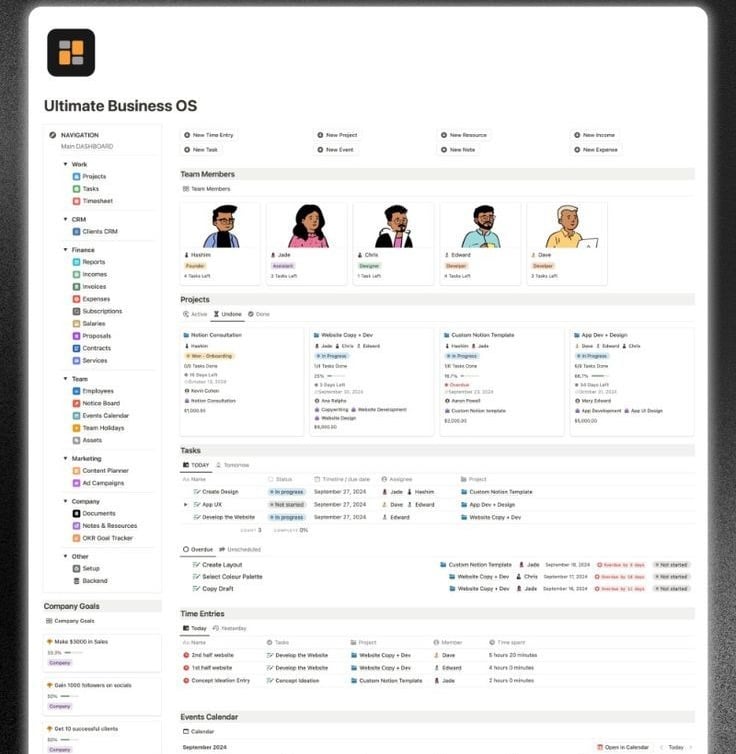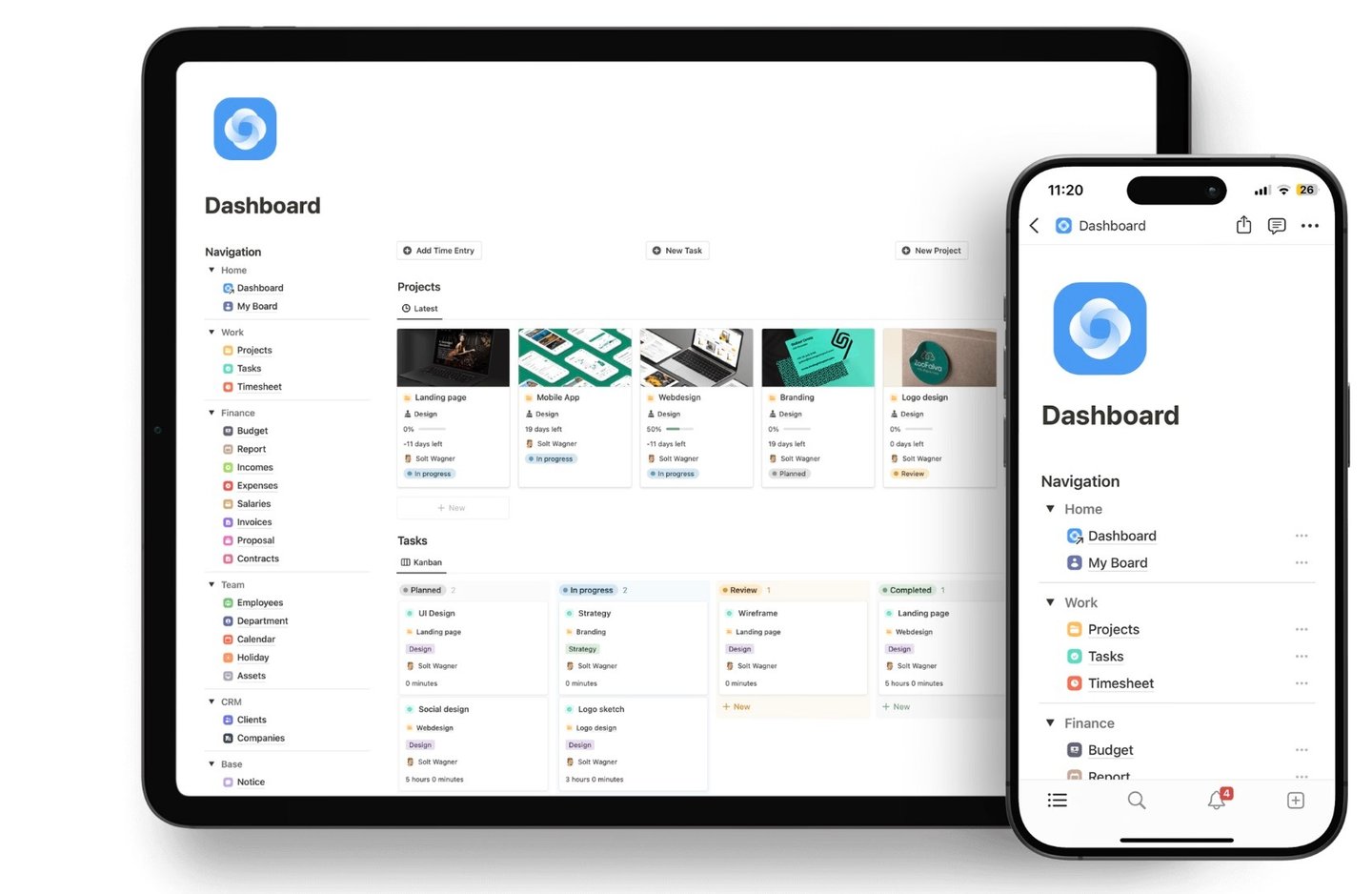How Implementing Standard Reports Can Transform Business Operations
Background
In today's fast-paced business world, the ability to make informed decisions quickly is crucial for success.
This is where the implementation of standard reports comes into play, transforming business operations and driving growth.
The Makeover Group (TMG), a company specializing in business transformation and strategy, has experienced first-hand the power of standardized reporting in revolutionizing their operations across multiple businesses.
The Strategy:
Developing Standard Reports
To address these challenges, The Makeover Group (TMG) developed a comprehensive strategy for implementing standard reports across their business portfolio.
The approach focused on creating a standardized, repeatable process to collect key business metrics regularly.
While core metrics were measured across all businesses, reports were customized to capture additional relevant metrics specific to each entity.
The strategy included several key components:
Centralized Platform: Google Sheets was chosen as the centralized platform for data collaboration, allowing easy access and real-time updates.
Reporting Template: A carefully designed reporting template was created, featuring key metrics grouped by department and time-bound elements for comparison.
Metric Source Identification: The team identified specific sources for each metric to ensure consistent data capture across all businesses.
Responsibility Assignment: Data input responsibilities were assigned to specific team members, with clear reporting deadlines set for accountability.
Process Documentation: A comprehensive process document was created, including links and step-by-step instructions for completing the reports.
The Challenge:
Managing Multiple Businesses
The Makeover Group (TMG) found itself at a crossroads while managing a diverse portfolio of rapidly growing businesses across various time zones.
Understanding the performance of each business became increasingly challenging, as manual data gathering from different platforms proved time-consuming and inefficient.
This lack of streamlined information hindered effective resource allocation and operational efficiency.
The company recognized the need for a standardized method to capture and report relevant metrics, providing clear visibility into the health and progress of individual businesses and the group as a whole.
Operators required access to data to take accountability and drive business ownership.
The Transformation:
Supercharging Business Conversations
The implementation of standard reports led to a significant transformation in how The Makeover Group (TMG)operated.
Weekly performance overviews became the cornerstone of business conversations, enabling efficient performance assessment, strategy pivoting, and data-informed decision-making.
Key benefits of the new reporting system included:
Centralized Metrics: All crucial metrics were now available in one place, providing a holistic view of business performance.
Enhanced Transparency: The standardized reports fostered greater operational transparency across all levels of the organization.
Improved Collaboration: Teams could now collaborate more effectively, with everyone working from the same set of data.
Data-Driven Culture: The regular use of standard reports cultivated a data-driven culture throughout the organization.
Future Outlook:
Evolving with Your Business
As The Makeover Group (TMG) discovered, the implementation of standard reports is not a one-time event but an evolving process. As your small business grows and market conditions change, it's essential to regularly review the relevance of your metrics and adjust your reporting process accordingly.
Consider the following steps for future-proofing your standardized reporting:
Regular Metric Review: Assess the relevance of your metrics quarterly or annually, adding or removing metrics as needed.
Embrace Automation: As your business scales, explore more sophisticated reporting tools that can automate data collection and analysis.
Integrate Predictive Analytics: Consider incorporating predictive analytics into your reports to forecast trends and anticipate market changes.
Foster a Learning Culture: Encourage your team to continuously learn from the data and use insights to drive innovation and improvement.
Real-World Impact on Traditional Small Businesses
The success of The Makeover Group (TMG)'s standardized reporting implementation offers valuable lessons for traditional small businesses looking to improve their operations. Let's explore how this approach can benefit various types of small businesses:
Local Retail Store:
A family-owned clothing boutique could use standard reports to track daily sales, inventory turnover, and customer retention rates. This data would help the owners make informed decisions about stock replenishment, marketing strategies, and staffing needs.
Restaurant:
A neighborhood restaurant could implement standard reports to monitor food costs, table turnover rates, and customer satisfaction scores. This information would enable the management to optimize menu offerings, improve service efficiency, and enhance the overall dining experience.
Small Manufacturing Company:
A local furniture manufacturer could use standardized reporting to track production efficiency, material costs, and quality control metrics. These insights would help identify bottlenecks in the production process, reduce waste, and maintain consistent product quality.
Service-Based Business:
A local accounting firm could implement standard reports to monitor billable hours, client retention rates, and employee productivity. This data would help the firm optimize resource allocation, improve client relationships, and identify opportunities for service expansion.
Key Components of Effective Standard Reports
To maximize the benefits of standardized reporting, small businesses should focus on including the following key components in their reports:
Financial Metrics: Revenue, expenses, profit margins, and cash flow.
Customer Metrics: Customer acquisition cost, lifetime value, satisfaction scores, and retention rates.
Operational Metrics: Productivity, efficiency, and quality control measures.
Marketing Metrics: Lead generation, conversion rates, and return on marketing investment.
Employee Metrics: Turnover rates, satisfaction scores, and productivity measures.
Best Practices for Implementing Standard Reports
Based on The Makeover Group (TMG)'s experience, here are some best practices for small businesses looking to implement standardized reporting:
Start Small: Begin with a core set of essential metrics and gradually expand as needed.
Ensure Consistency: Establish clear definitions for each metric and ensure all team members understand how to measure and report them.
Make it Visual: Use charts, graphs, and dashboards to make the data easily digestible and actionable.
Set Regular Review Intervals: Establish a routine for reviewing the reports, whether it's weekly, monthly, or quarterly.
Encourage Feedback: Regularly solicit input from team members on the usefulness and relevance of the reports, and be willing to make adjustments.
Invest in Training: Ensure all team members understand how to read and interpret the reports, and how to use the insights to drive decision-making.
Leverage Technology: Consider using business intelligence tools or specialized software to automate data collection and reporting as your business grows.
Overcoming Common Challenges
Implementing standard reports can come with its own set of challenges. Here's how small businesses can address some common obstacles:
Data Overload: Focus on the most critical metrics that directly impact your business goals to avoid information overload.
Time Constraints: Start with a simple reporting process and gradually refine it as it becomes part of your routine.
Resistance to Change: Communicate the benefits of standardized reporting to your team and involve them in the process to gain buy-in.
Data Accuracy: Implement checks and balances to ensure the accuracy of the data being reported.
Technical Limitations: Consider partnering with a technology consultant or investing in user-friendly reporting tools if technical expertise is a barrier.
Conclusion:
Transforming Your Business with Standard Reports
The success story of The Makeover Group (TMG) demonstrates the transformative power of implementing standard reports in business operations.
By providing clear visibility into performance metrics, fostering data-driven decision-making, and enabling agile resource management, standardized reporting can be a game-changer for small businesses across various industries.
As you embark on your journey to implement standard reports in your small business, remember that the goal is not just to collect data, but to gain actionable insights that drive growth and success.
With the right approach, tools, and mindset, you can harness the power of standardized reporting to transform your business operations and achieve sustainable growth in today's competitive marketplace.






Stay connected
© 2024. All rights reserved.